For an optical arrangement shown in the figure, what is the position of the image formed ?
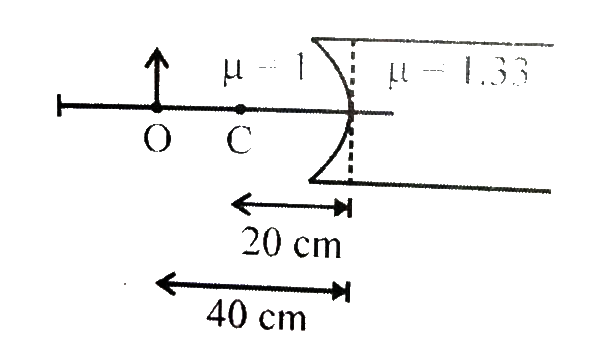
A
32 cm
B
0.6 cm
C
6 cm
D
0.5 cm
Text Solution
The correct Answer is:A
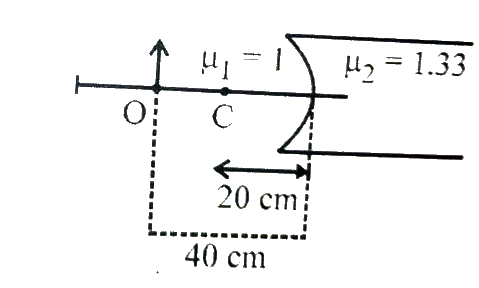
For refraction at a curved surface,
μ2v−μ1u=μ−1R …(1)
In this case, μ1=1,μ2=1.33,R=−20cm,u=−40cm
∴ From (1) ,1.33v−(1−40)=1.33−1−20=−0.3320
1.33v=−140−0.3320
=−140−0.6640=−(1.6640)
∴−1.66v=40×1.33
∴v=−40×1.331.66=(−32cm)
|
Topper's Solved these Questions
- RAY OPTICS (MIRRORS, LENSES AND OPTICAL INSTRUMENTS)BOOK - MARVEL PUBLICATIONCHAPTER - RAY OPTICS (MIRRORS, LENSES AND OPTICAL INSTRUMENTS)EXERCISE - TEST YOUR GRASP
10 Videos
- MEASUREMENTS BOOK - MARVEL PUBLICATIONCHAPTER - MEASUREMENTS EXERCISE - TEST YOUR GRASP
10 Videos
- REFRACTION OF LIGHT BOOK - MARVEL PUBLICATIONCHAPTER - REFRACTION OF LIGHT EXERCISE - Test Your Grasp
10 Videos
Similar Questions
Knowledge Check
The arrangement as shown in figure is called as
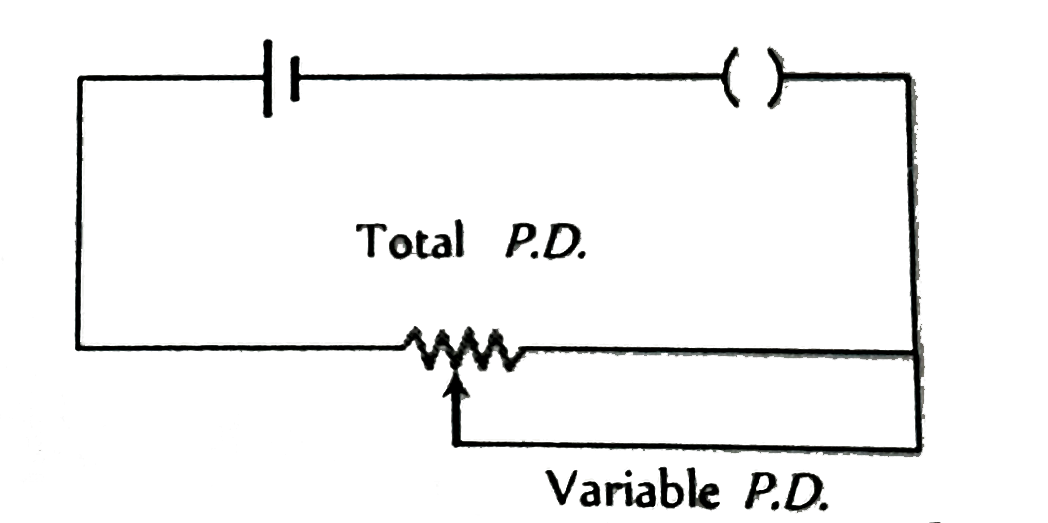 APotential dividerBPotential adderCPotential substracterDPotential multiplier
APotential dividerBPotential adderCPotential substracterDPotential multiplierAn object, a convex lens of focal length 20cm and a plane mirror are arranged as shown in the figure. How far behind the mirror is the second image formed?
 A30cmB20cmC40cmD50cm
A30cmB20cmC40cmD50cm
For the arrangement shown in the figure, what is the density of oil?
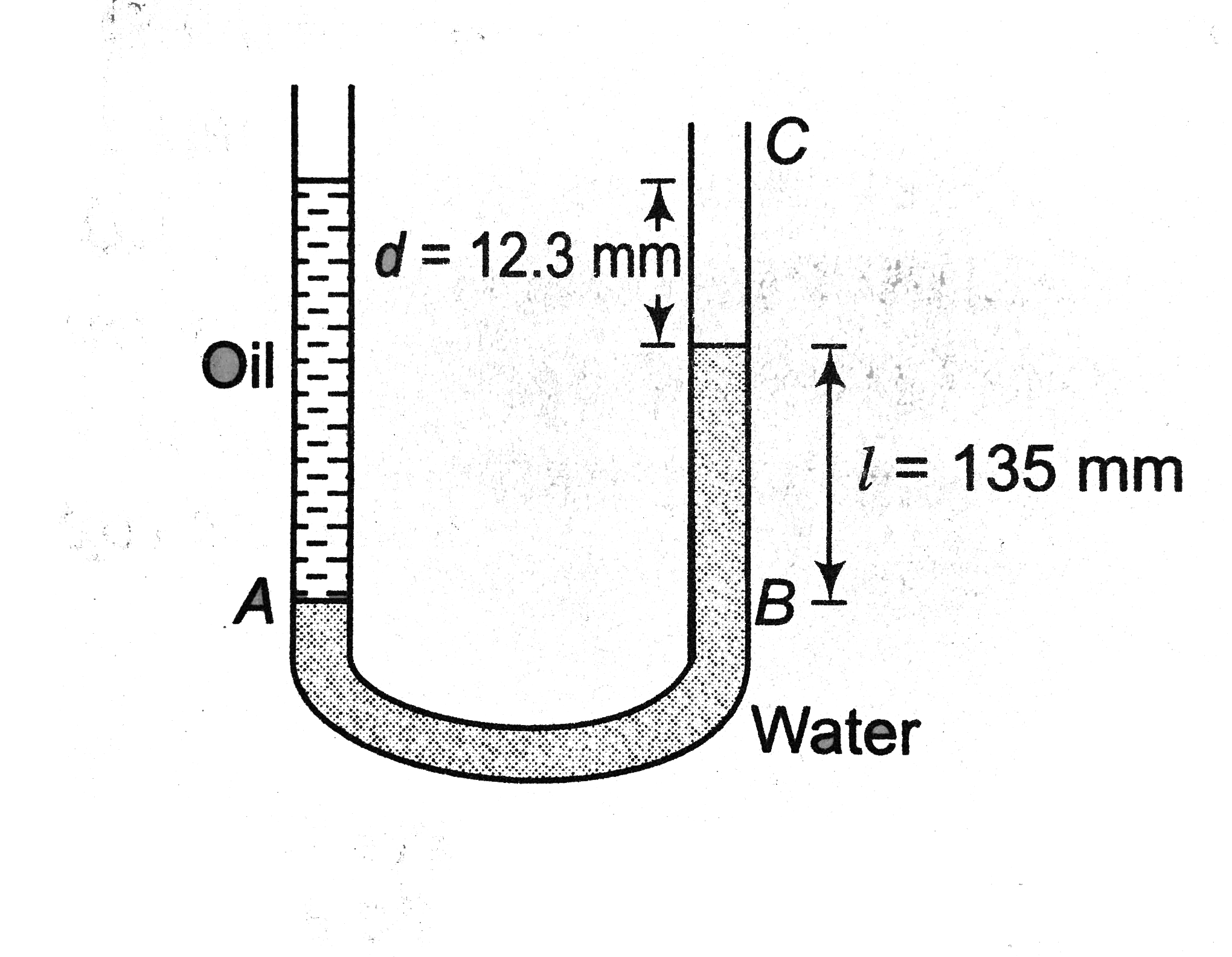 .
.
View SolutionIn Figure., find the position of final image formed.
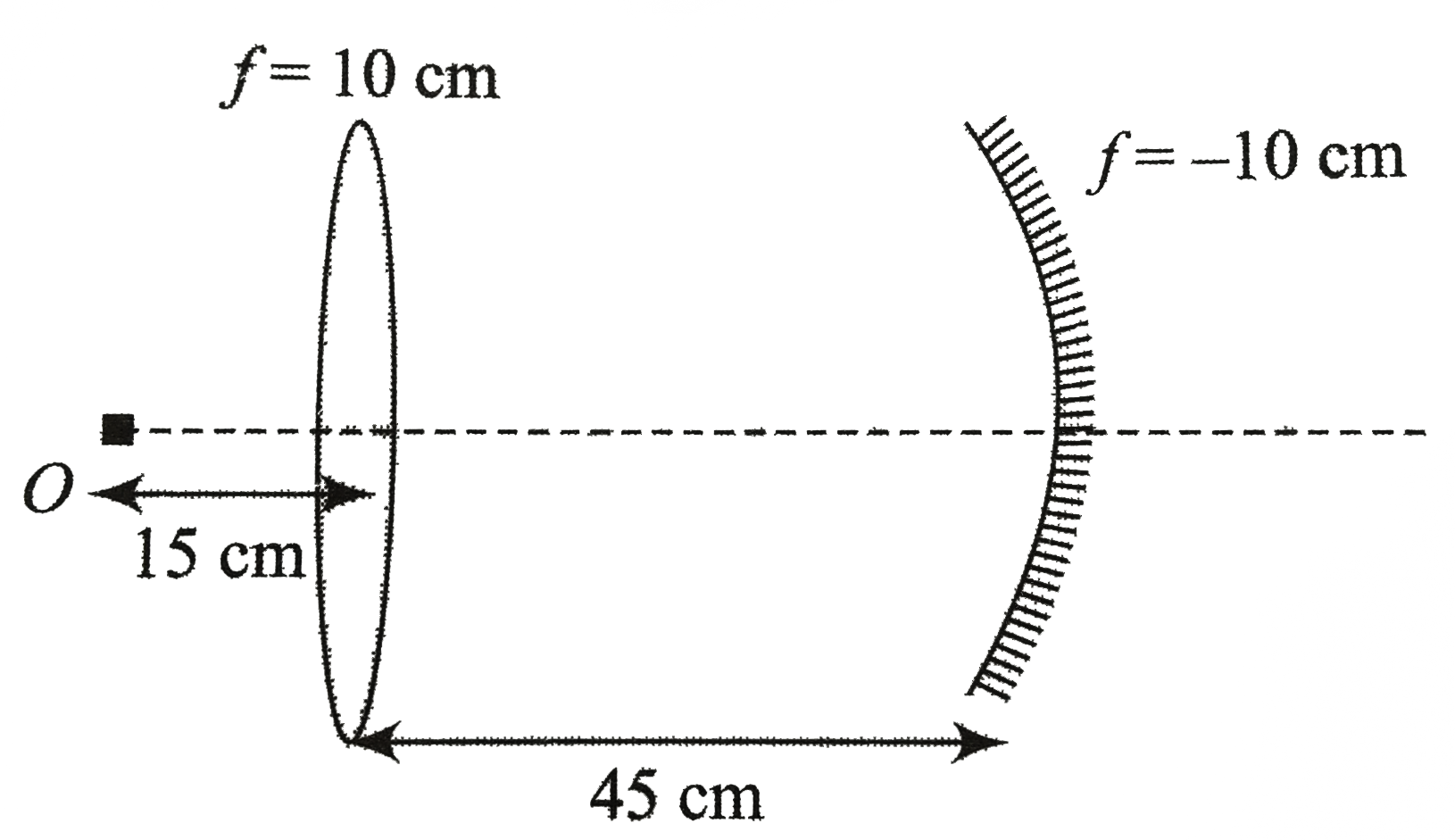
View SolutionIn Figure., find the position of final image formed.

View SolutionIn Figure. , find the position of final image formed.
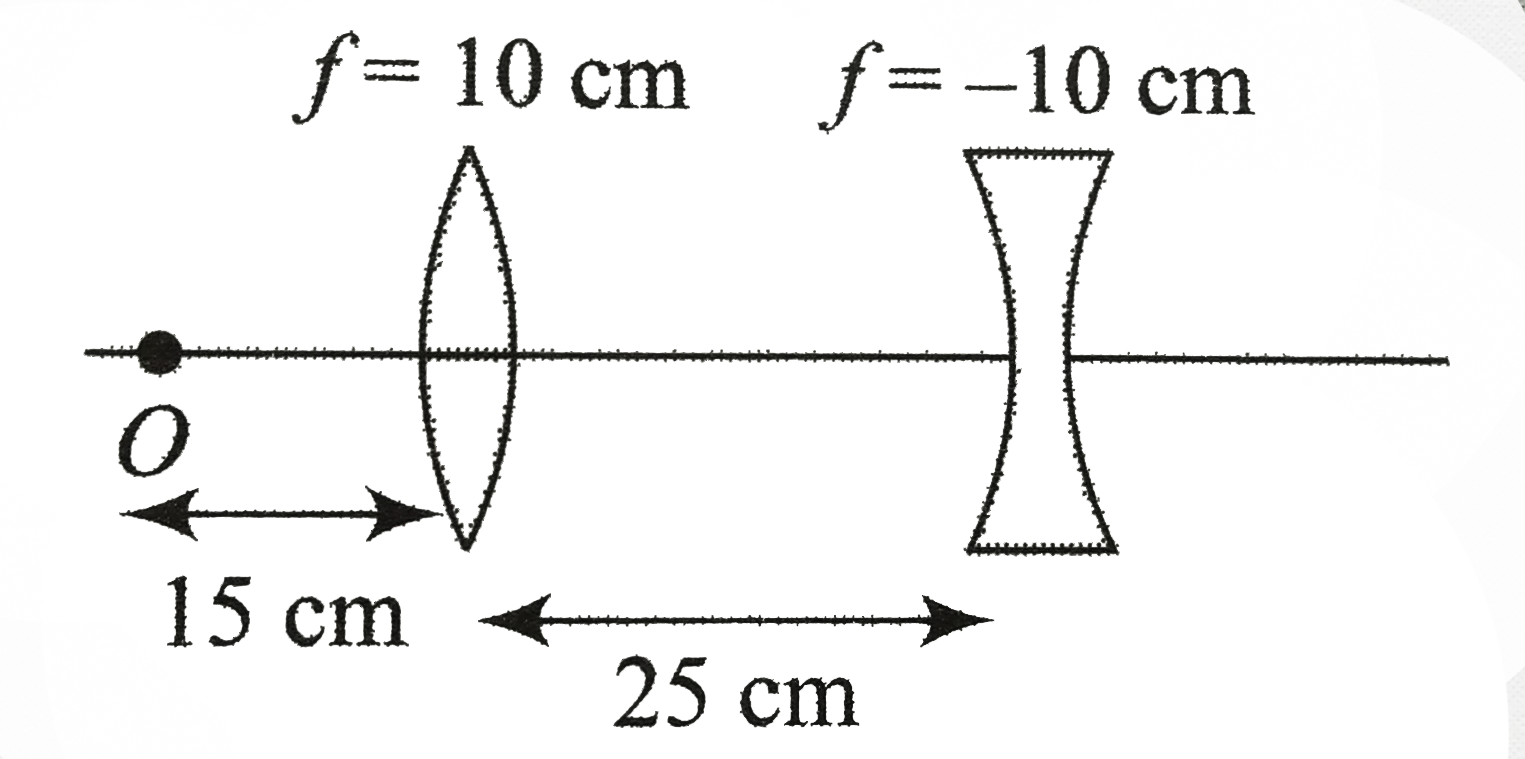
View SolutionIn Figure. , find the position of final image formed.

View SolutionAn object, a convex lens of focal length 20cm and a plane mirror are arranged as shown in the figure. How far behind the mirror is the second image formed?

View Solution
